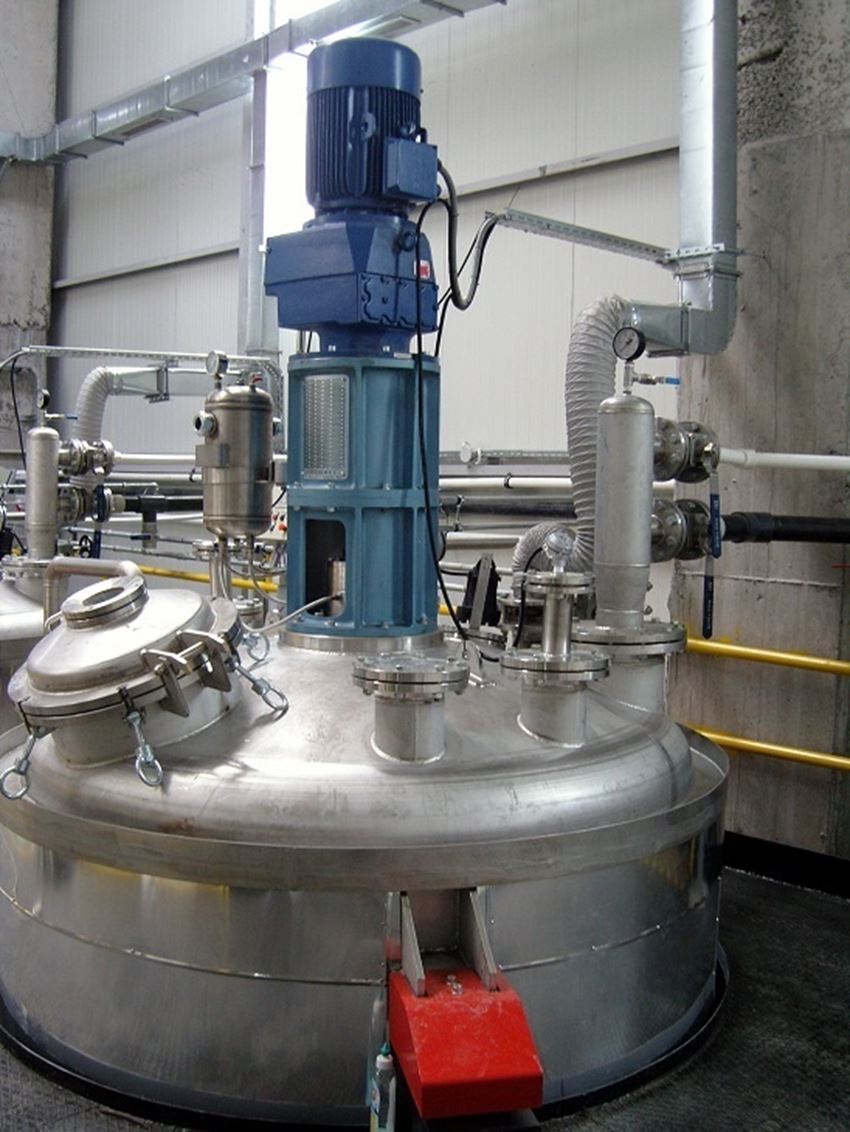Rubber, Composite Polymer Plants
RUBBER TYPE MATERIALS
Rubber; It is a material obtained naturally from the milky sap of some plants or artificially from the compositions of oil and alcohol. Essentially, the term rubber normally corresponds to the material obtained from the Hevea brasiliensis tree, whereas today this term is used for materials that can return to its original position by releasing the applied force. Although the words elastomer and rubber have the same meanings in daily use, these two concepts are separated from each other in ASTM standards. In ASTM D1566 (ASTM-D 1566, 1993)] elastomers are defined as a macromolecular material that immediately returns to its original length upon release of the applied force. Rubber, on the other hand, is defined as macromolecular material that can return to its original length within a certain time period as a result of removing the applied force. Thus, while all rubber materials are elastomers, not all elastomers are rubber materials. Because the return time is not defined in the definition of elastomers.
The use of rubber in daily life increased with the discovery of Charles Goodyear's (1800-1860) vulcanization process in 1843. Goodyear (1843) and then Hancock (1844) added sulfur to the rubber in order to overcome the difficulties in use, such as rubber softening and crunching in cold, and heated to 130-140 ° C after shaping. This process they have done is called vulcanization in the literature. If the amount of sulfur is low (0.5-5%), soft rubber is obtained, and if it is high (30%), hard rubber with a very high number of cross-links is obtained. Briefly, vulcanization is the process of heating the rubber with sulfur. In this process, polymer chains are cross-linked through sulfur atoms. Cross bonds give rubber resistance and allow the rubber to exhibit elastic behavior. Natural and synthetic rubbers are commonly mixed with various materials in order to improve and improve some of their physical and chemical properties, other than sulfur hardening. For example, some organic additives, such as carbon black or finely ground silica, to increase the elasticity and tensile strength of rubber; Zinc oxide, titanium dioxide, iron oxide and organic dyes as colorants, mineral oils as plasticizer and emollient, vaseline, fatty acids and wood resins, mercaptobenzothiazole and various amine and phenol derivatives as oxidizer are used.
Uses of Rubber Type Materials
Rubber is a multi-purpose, wide-use potential engineering material that we are intertwined in every field of life. Rubber; high flexibility, high strength, low deformation and spreading, good dynamic properties, easy handling, good tear and abrasion resistance and resistance to polar liquids have caused this material to be used in every branch of industry. Especially in the automotive industry, rubber is used in the production of very important and functional parts for human life. More than 60% of the produced rubber is used in the manufacture of vehicle wheels. So many car tires are produced that the issue of what will be outdated tires has become a complete problem. Fuel and brake hoses, windshield wipers, transmission belts, gaskets, axle bellows, radiator and air hoses, door and glass profiles, swing and vibration pads, insulation elements are examples of the use of rubber material in the automotive industry.
 English
English